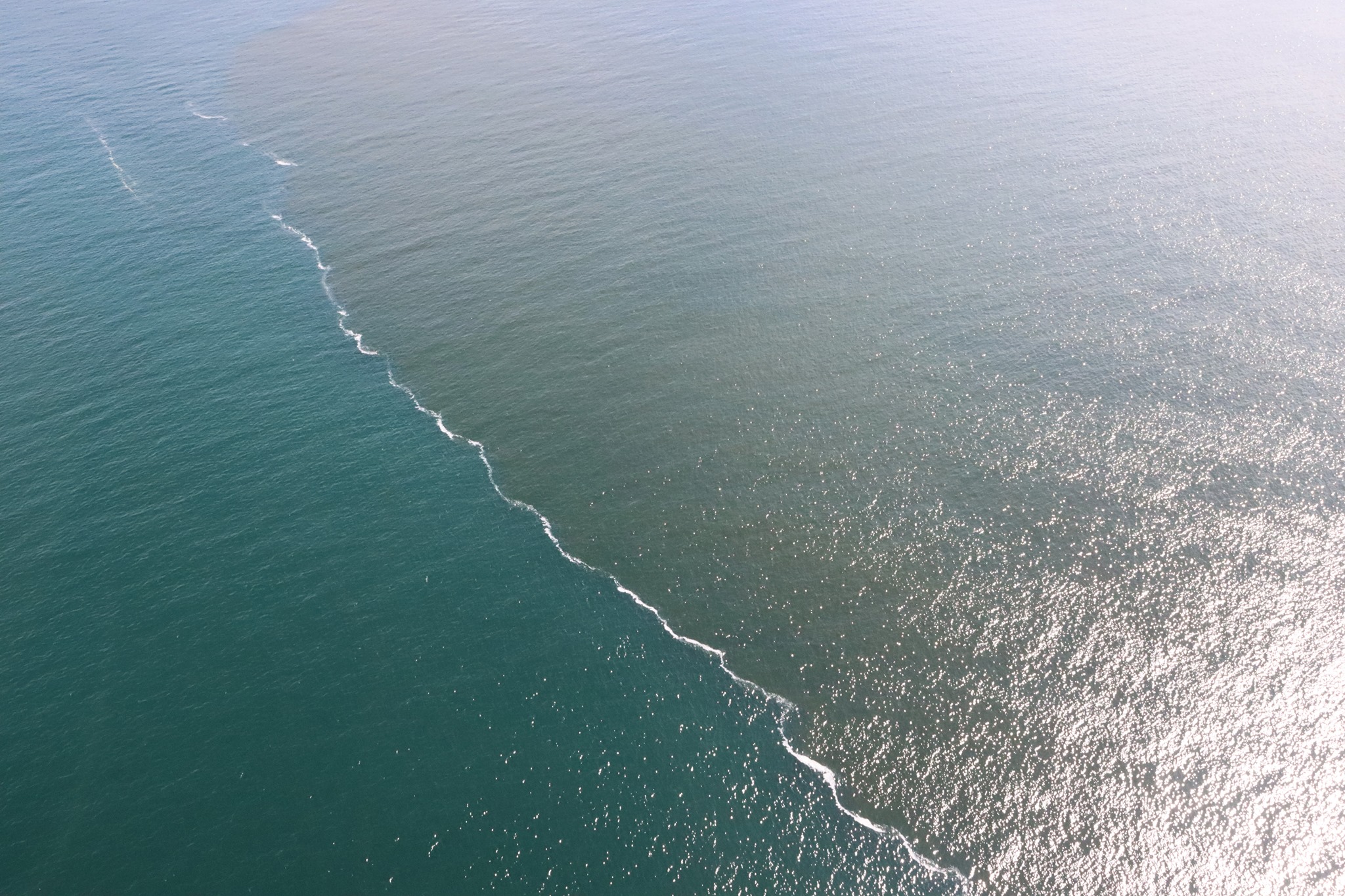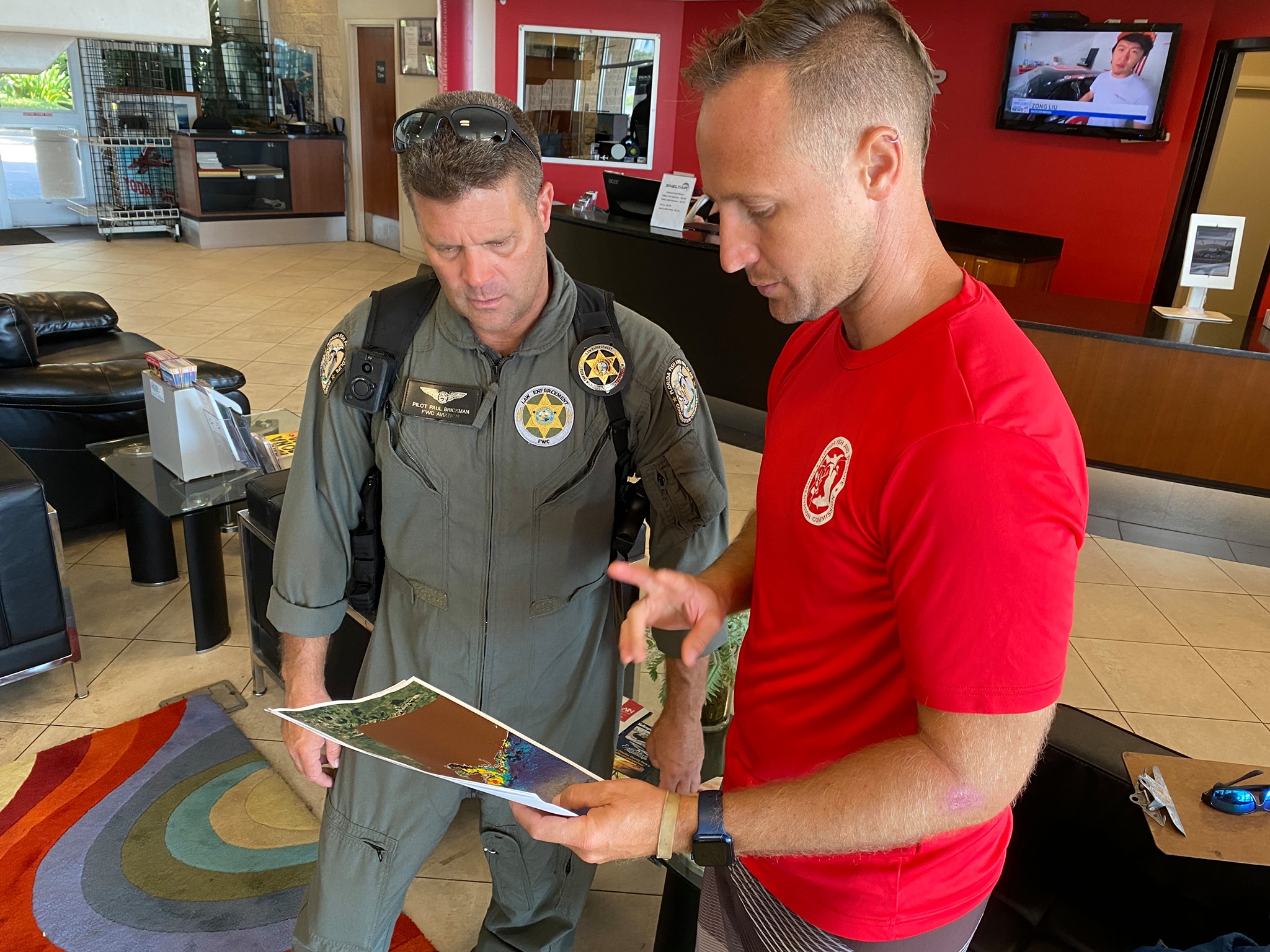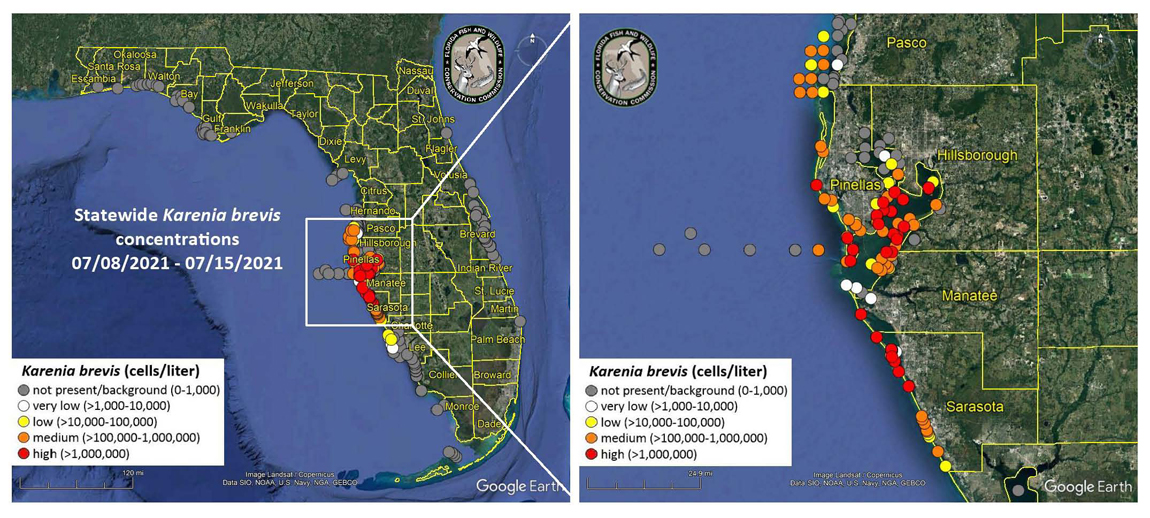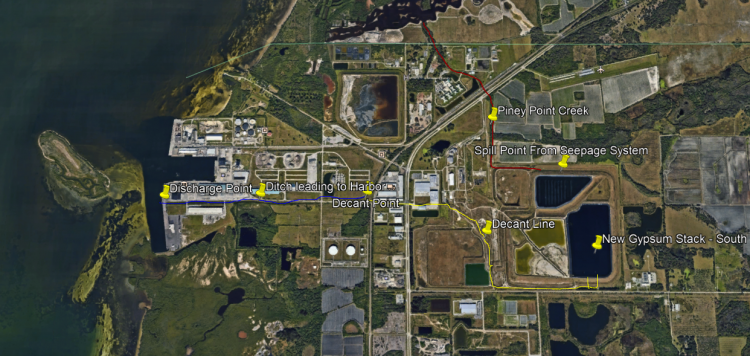
While red tide occurs in Florida nearly every year, researchers say this is the largest bloom that has occurred in the last 50 years.
“The last time Florida saw a bloom like this, so far into Tampa Bay at this time of summer, was in 1971,” said FWC.
So far, more than 1,000 tons of dead fish have been cleaned up from the affected areas.
The Fish and Wildlife Research Institute (FWRI) took to the air as researchers continue to monitor the location and conditions of the current red tide bloom affecting Tampa Bay and the surrounding areas. Aerial surveys are used to inform and guide sampling as part of our red tide event response.
Researchers, said, “Red tide conditions can change quickly, we continue to collect and process samples in response to the ongoing event — please stay informed.”
Readers should also be aware that many photos being shared by multiple MSM outlets and private Facebook posts are photos from a red tide outbreak in 2018 and not 2021.
Article continued below

Current Conditions
A bloom of the red tide organism, Karenia brevis, persists on the Florida Gulf Coast and in Tampa Bay. Over the past week, K. brevis was detected in 132 samples. Bloom concentrations (>100,000 cells/liter) were observed in 86 samples: five from Pasco County, 28 from Pinellas County, 24 from Hillsborough County, eight from Manatee County, and 21 from Sarasota County. K. brevis was not observed in samples collected from or offshore of Charlotte, Collier, or Monroe counties.
In Southwest Florida, over the past week, K. brevis was observed at background to high concentrations in and offshore of Pinellas County, very low to high concentrations in and offshore of Hillsborough County, background to high concentrations in Manatee County, very low to high concentrations in Sarasota County, and background to low concentrations in Lee County. For additional information, view the Southwest Coast report and map.
In Northwest Florida over the past week, K. brevis was observed at background to medium concentrations in and offshore of Pasco County.
Along the Florida East Coast over the past week, K. brevis was not observed.
Article continued below

Fish Kills
On Florida’s Gulf coast, fish kills suspected to be related to red tide were reported in Pasco, Pinellas, Hillsborough, Manatee, Sarasota, and Lee counties over the past week. For more details, please visit: https://myfwc.com/research/saltwater/health/fish-kills-hotline/.
Respiratory Irritation
Respiratory irritation was reported over the past week in Southwest Florida in Pinellas, Manatee, Sarasota, and Lee counties. Additional details are provided in the Southwest Coast report and for current information, please visit: https://visitbeaches.org.
Forecast
Forecasts by the USF-FWC Collaboration for Prediction of Red Tides for Pinellas to northern Monroe counties predict the northwestern movement of surface waters along the coast and minimal net transport of subsurface waters in most areas over the next four days.
Piney Point Updates
FWC-FWRI is working closely with the Florida Department of Environmental Protection (FDEP) and other partners on the Piney Point response effort.
PINEY POINT DISCHARGE RESPONSE
The department’s top priority is ensuring the protection of public safety and health and minimizing any potential environmental impacts.
On March 25, 2021, HRK submitted a report of process water bypassing the wastewater management system at the Piney Point facility, a former phosphate plant. The facility was releasing wastewater into Piney Point Creek which leads into Tampa Bay.
In response, the department issued an Emergency Final Order requiring that HRK take immediate action and implement all necessary steps to ensure the integrity of the stack system and its lined impoundments and prevent an uncontrolled discharge. The response includes controlled discharges of mixed seawater to maintain the integrity of the stack.
Statewide DEP staff across divisions continue to coordinate on agency oversight and response to ensure public health and safety, and to minimize environmental impact. The department continues to monitor the situation 24/7 and will provide updates to this page to ensure prioritization of accountability and transparency to the public.
DEP is dedicated to full enforcement for any damages to our state’s resources and holding HRK accountable for this event.
Article continued below

Mandatory Catch-and-Release
FWC, after consultation with its partners, has temporarily made snook, redfish, and spotted seatrout catch-and-release only in Tampa Bay due to recent impacts from red tide beginning today, July 16th, and continuing through September 16th. This applies to the following areas:
All Florida waters of Manatee County north of State Road 64, including all waters of the Braden River, and all tributaries of the Manatee River, excluding all waters of Palma Sola Bay.
All Florida waters of Hillsborough County.
All Florida waters of Pinellas County, excluding all waters of the Anclote River and its tributaries.
“While it’s unfortunate that we must do this so close to the recent reopening of these species to harvest in this area, we know temporary catch-and-release measures such as these are successful in keeping fisheries sustainable throughout red tide events such as this one,” said FWC Executive Director Eric Sutton. “We will continue working with our partners, stakeholders, and local communities to evaluate this situation.”
“We’ve seen the devastation to the redfish, trout, and snook populations in Tampa Bay, and we support the catch-and-release initiative taken by FWC,” stated Brian Gorski, Executive Director of Coastal Conservation Association Florida. “In working with FWC on this initiative, we’ve heard support from members and guides throughout the region who also understand the need for such a change. We must protect the fish and our waterways so that generations to come can enjoy the thrill of catching one of these iconic species.”
Regulations outside of those counties remain unchanged, including the measures south of State Road 64 in Manatee County through Gordon Pass in Collier County for snook, redfish, and spotted seatrout.

